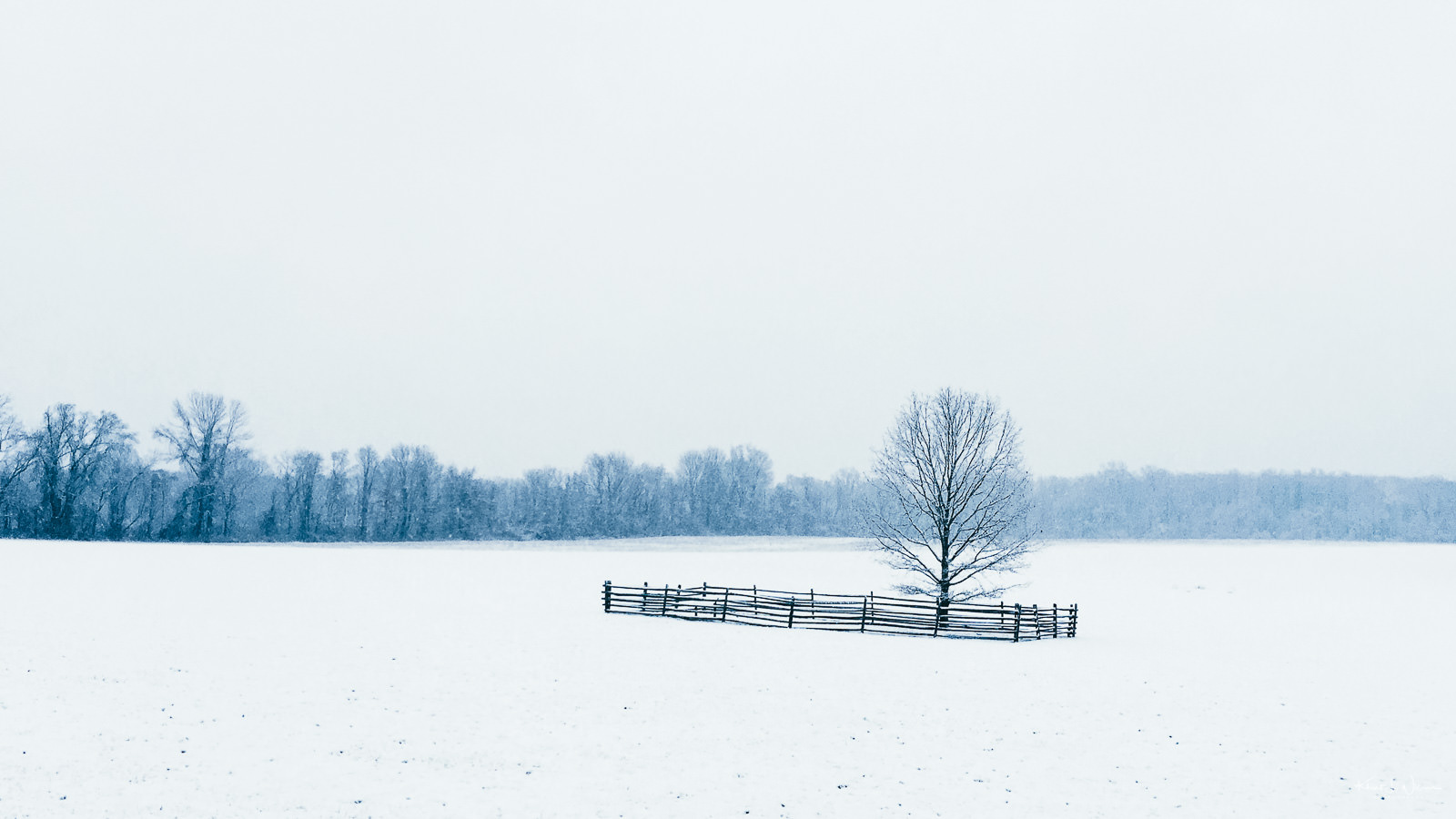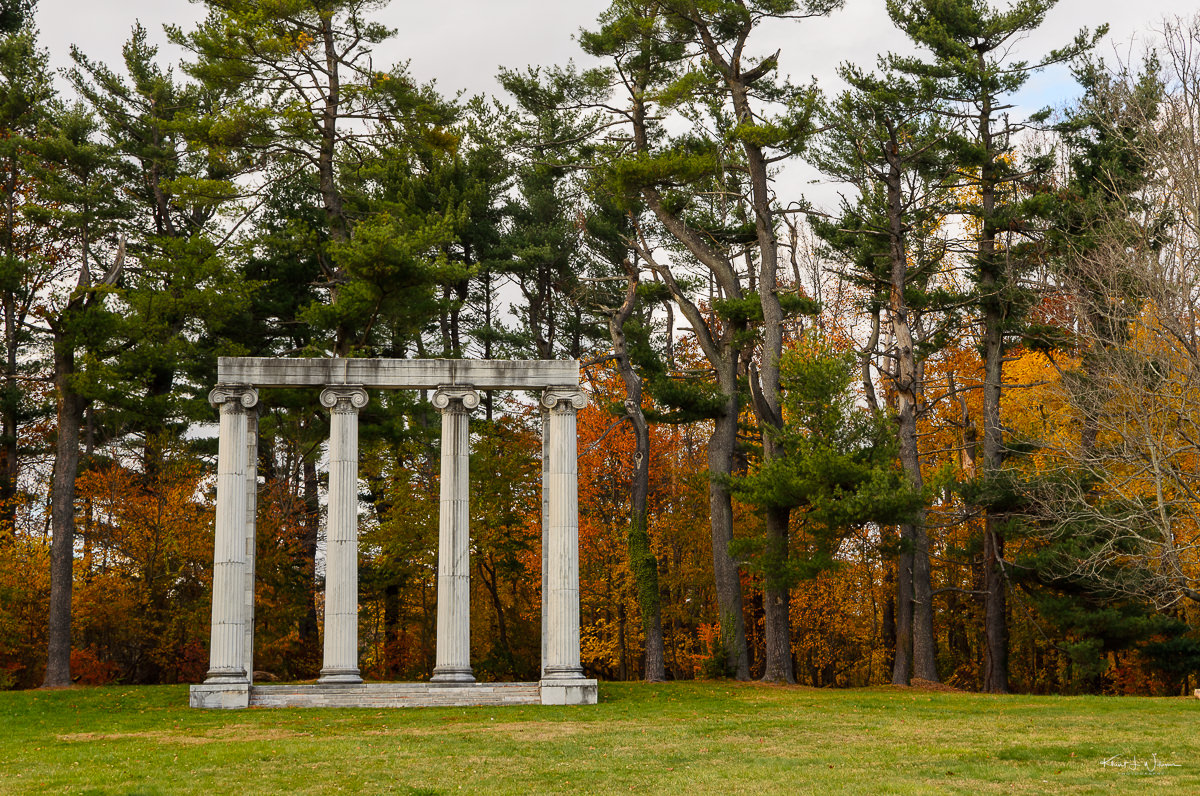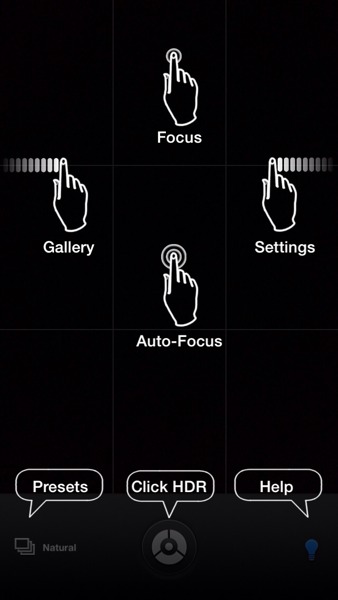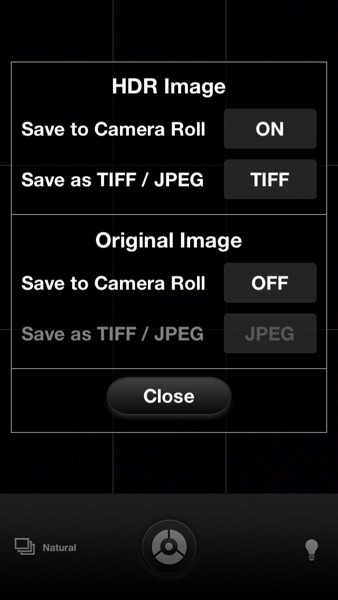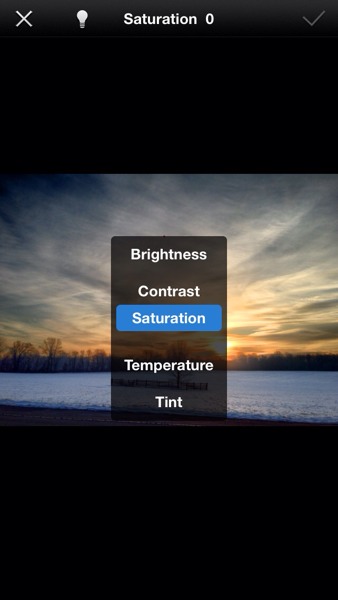I get the attention deficit thing. I discovered that listening to music on my phone and wireless headphones can help me focus my mind. But wearing headphones means being unaware of my surroundings in situations where sight and sound are essential.
One thing that frustrates me about where I love is that I see these beautiful scenes on my way to and from the office or while driving around town, but the narrow-one-lane-no-shoulder country roads don't allow for stopping, and we don't have any sidewalks here either. It can be a strange site for other motorists to watch a car slow down and stop briefly while the driver rolls down the window and stick out a DSLR camera and lens. It works when traffic is light only.

Sometimes I get lucky, and the scene unfolds before me, traffic is light, and the road has a shoulder. But still, there is no time to pull out a DSLR, set up a tripod, compose the shot, set camera settings etc. Sometimes, there is just enough time for a grab-shot photo on the iPhone. It's the best I can do at that moment.
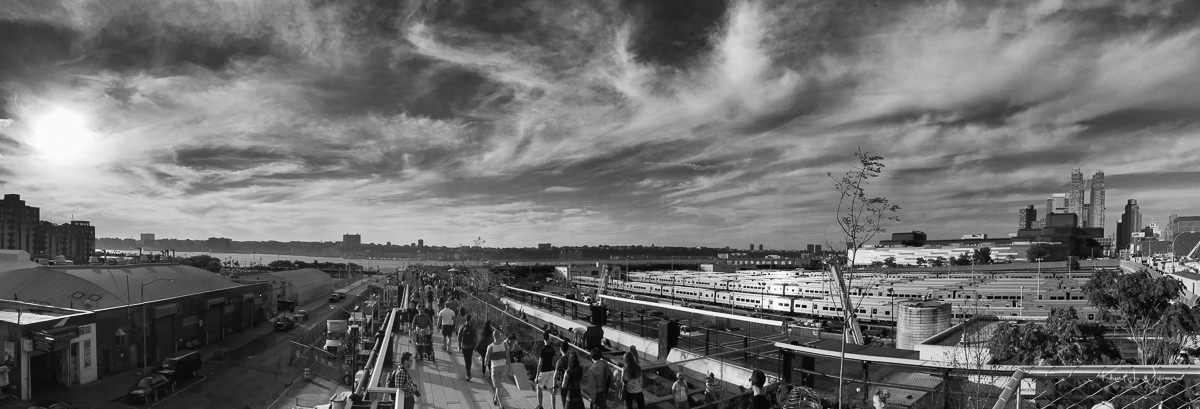
Being without my Nikon1 has forced me to use my iPhone 7. The camera on the iPhone 7 is much better than the camera on my previous iPhones. But I am less happy with recent images taken with the iPhone 7 and less willing to use it in general. But by using a DSLR for most of the pictures I captured over the last few years, I seem to have forgotten how to compose and think through capturing images with the iPhone. Looking back through my catalogue over the last few years, I have many old iPhone images of which I am proud.
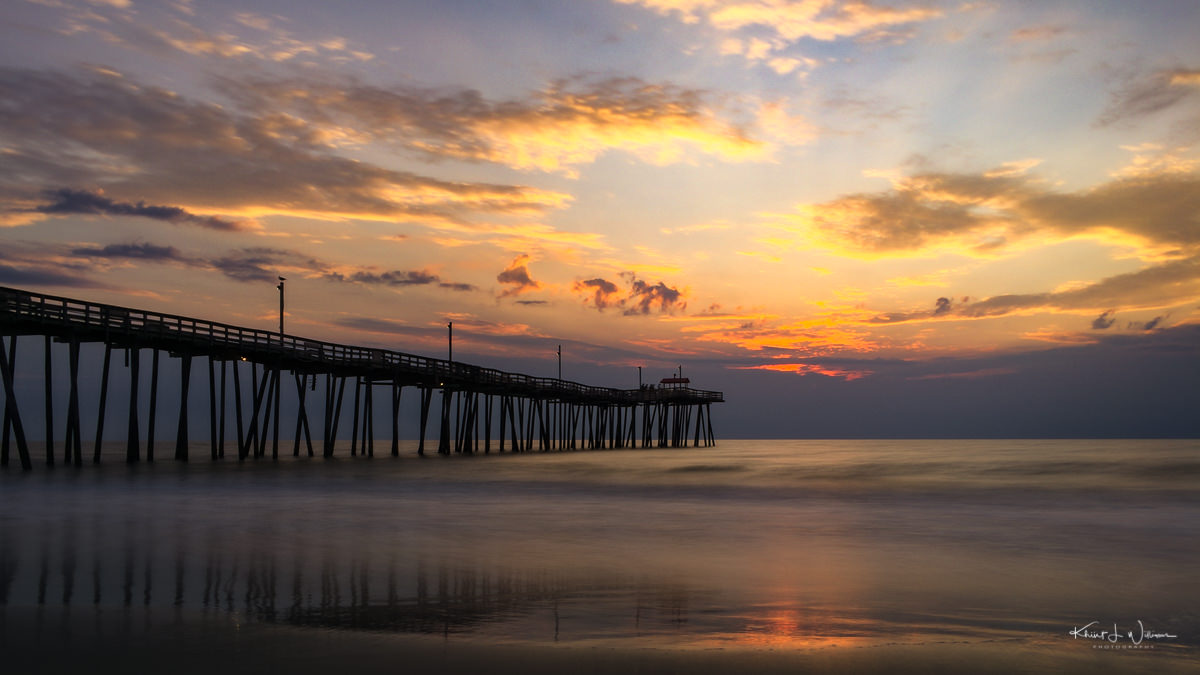
Why am I so stuck now? Why am I not even trying? Why am I struggling to put my "best foot forward"? Have I become one who thinks one can only capture a good photo on expensive high-end equipment. I hope not!!

For the last few weeks, while driving along Mapleton Road on the border between Plainsboro and Princeton Township, I have observed the beautiful morning sun that illuminates the expensive homes on the western side of Carnegie Lake. There is no place to stop and take a photo. But I am determined, and perhaps tomorrow I will arise before dawn, drive to the southern end of Mapleton Road, park my car at the entrance to the Delaware and Raritan Canal Park Trail, and walk the trail, with the tripod and iPhone 7, north toward that area. I expect the walk will be pretty cold.

- Dropped! Broken! ↩
